Allergies can pop up anytime — especially in the changing seasons. Rinsing out your sinuses is an effective and affordable way to help alleviate that stuffiness, but it’s imperative you do it properly; clearing out your nose with tap water could land you in the hospital (or worse). Here, Dr. Darria Long, a board-certified ER doctor and expert in baby, child, and family safety and health, shares the need-to-know on sinus rinses. Keep reading to learn how to safely kick your sniffles to the curb.
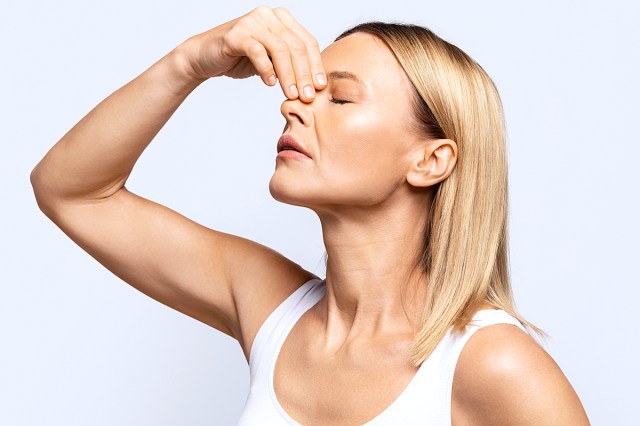
What Is a Sinus Rinse?
A sinus rinse — or nasal irrigation, as it’s known among the pros — is pretty self-explanatory. Per Dr. Long, it’s a treatment that involves rinsing your sinuses with sterile water or saline “to wash away both the mucus, as well as things that can trigger the allergies, including dust, pollen, and mold spores.” The treatment can provide near-immediate relief, and there are plenty of videos on social media that demonstrate its efficacy. (Don’t Google it if you’re squeamish.) However, there are a few safety guidelines you must follow. Using clean tools designed specifically for nasal irrigation is imperative, as is using the right rinse — water from the tap won’t cut it.
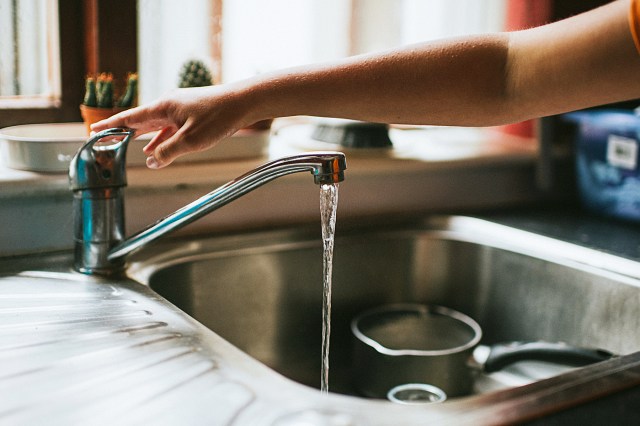
What Are the Risks of Using Tap Water To Rinse Your Sinuses?
According to the CDC, tap water in the United States is generally treated with chlorine to help kill harmful bacteria and organisms. Usually, this is pretty effective — but it’s possible for critters to slip through the cracks. Among the most worrisome is an amoeba called Naegleria fowleri (known colloquially as the “brain-eating amoeba”). Tap water is still safe to consume, Dr. Long says, since your stomach acid will kill it. If it enters the nasal cavity, though — such as via a sinus rinse — it can travel to your brain and destroy healthy tissue. This condition is known as primary amebic meningoencephalitis (PAM), and per Dr. Long, it’s nearly universally fatal, with a mortality rate “around 99%.” Symptoms of infection include “high fever, nausea, vomiting, severe headache, light hurting your eyes, seizures, and changes in behavior,” she adds.
While contracting PAM is exceptionally rare — there have been only 157 confirmed cases in the U.S. since 1967 — the infection’s devastating consequences make it firmly not worth the risk.
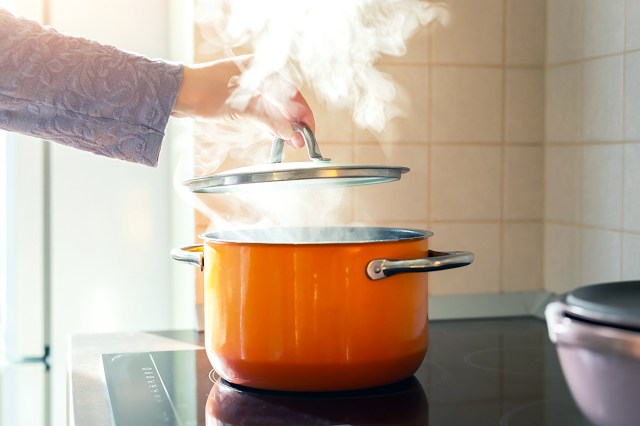
What Should You Use for a Sinus Rinse?
If you’re doing a sinus rinse, Dr. Long recommends using distilled water, which is thoroughly sterilized and suitable for medical use. If you don’t have distilled water from the store on hand, she says, “water that has been boiled for one minute and left to cool will work, too.” She advises against using filtered water (such as water from a Brita filter) explaining that while some medical-grade filters can remove harmful organisms, it’s not worth risking your health for congestion relief.
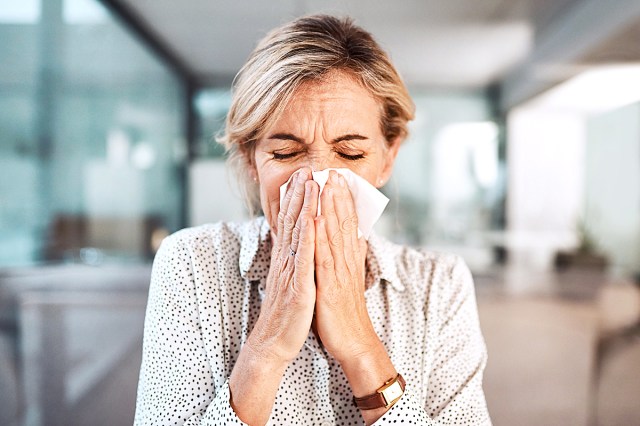
What Else Can You Do to Clear Congestion?
Of course, there are plenty of other things you can do to alleviate stuffiness without busting out the Neti-Pot (a common sinus rinse). Here are a few options worth trying.
- Blow your nose. It seems obvious, but sometimes blowing your nose can help “flush out” congestion-causing particles or allergens.
- Take a hot shower. Steam can help loosen up mucus and alleviate congestion. If it’s too hot out for a steamy shower, you can also try plugging in a humidifier.
- Try a warm compress. Place a warm compress over your face to help reduce congestion and minimize sinus pain.
- Keep your head elevated. It’s tempting to lie down for a nap when you’re feeling under the weather, but try to keep your head elevated to allow your sinuses to drain.
- Stay hydrated. Per the Mayo Clinic, drinking lots of water can help dilute mucus and promote drainage. Avoid excessive caffeine or alcohol — both can be dehydrating, which may make you feel more congested.
This article is for general informational purposes only.
Affiliate Disclaimer Medical Disclaimer



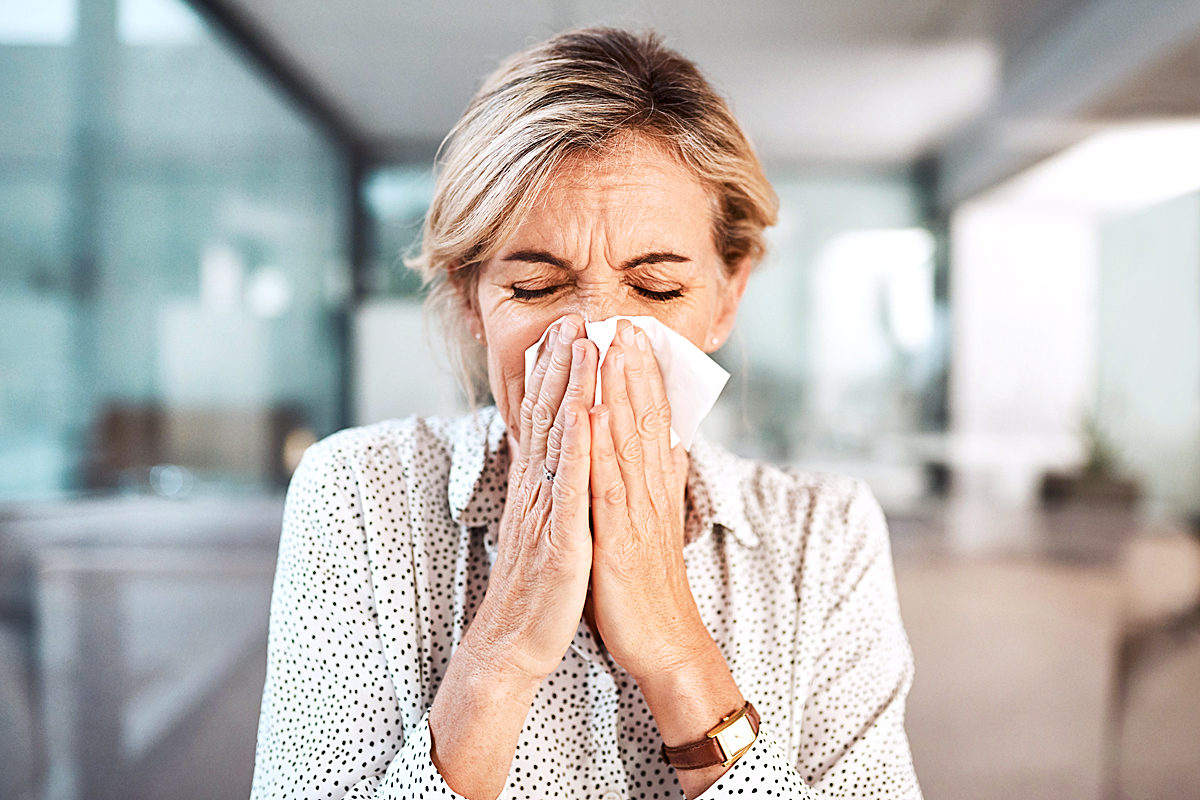
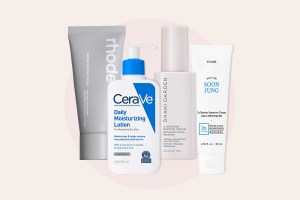
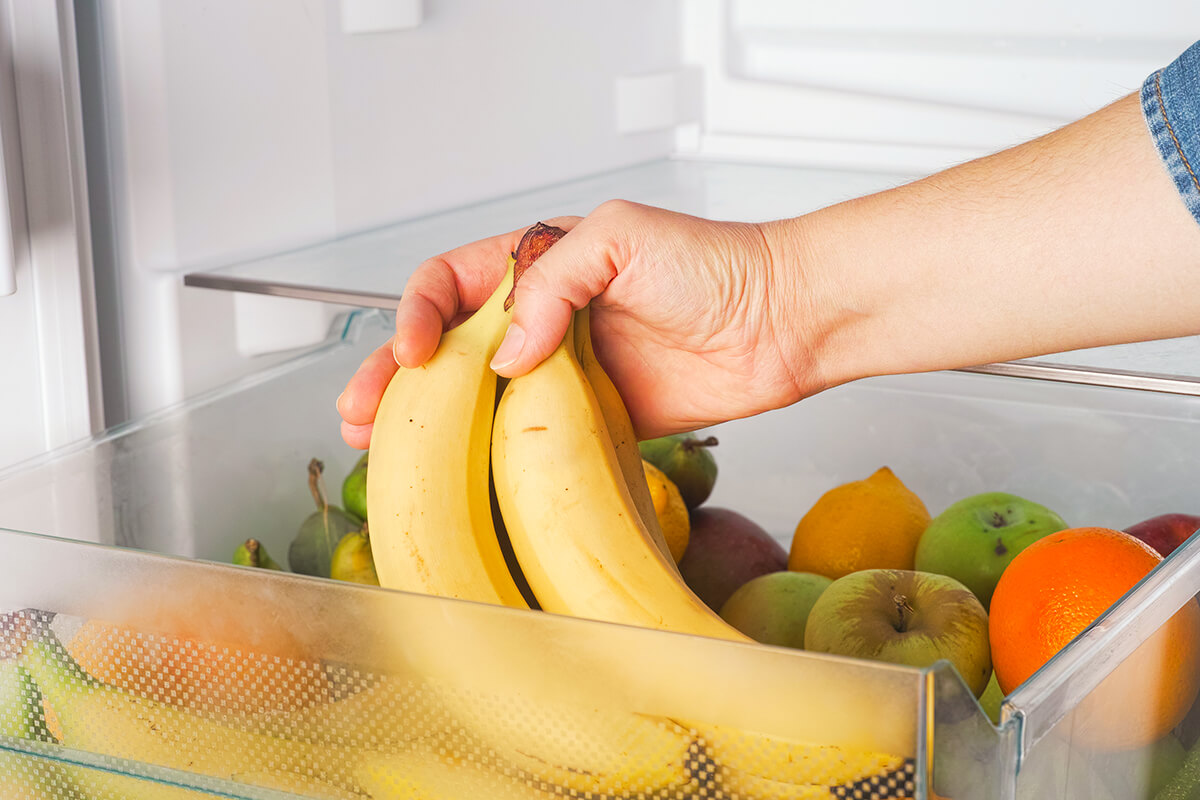
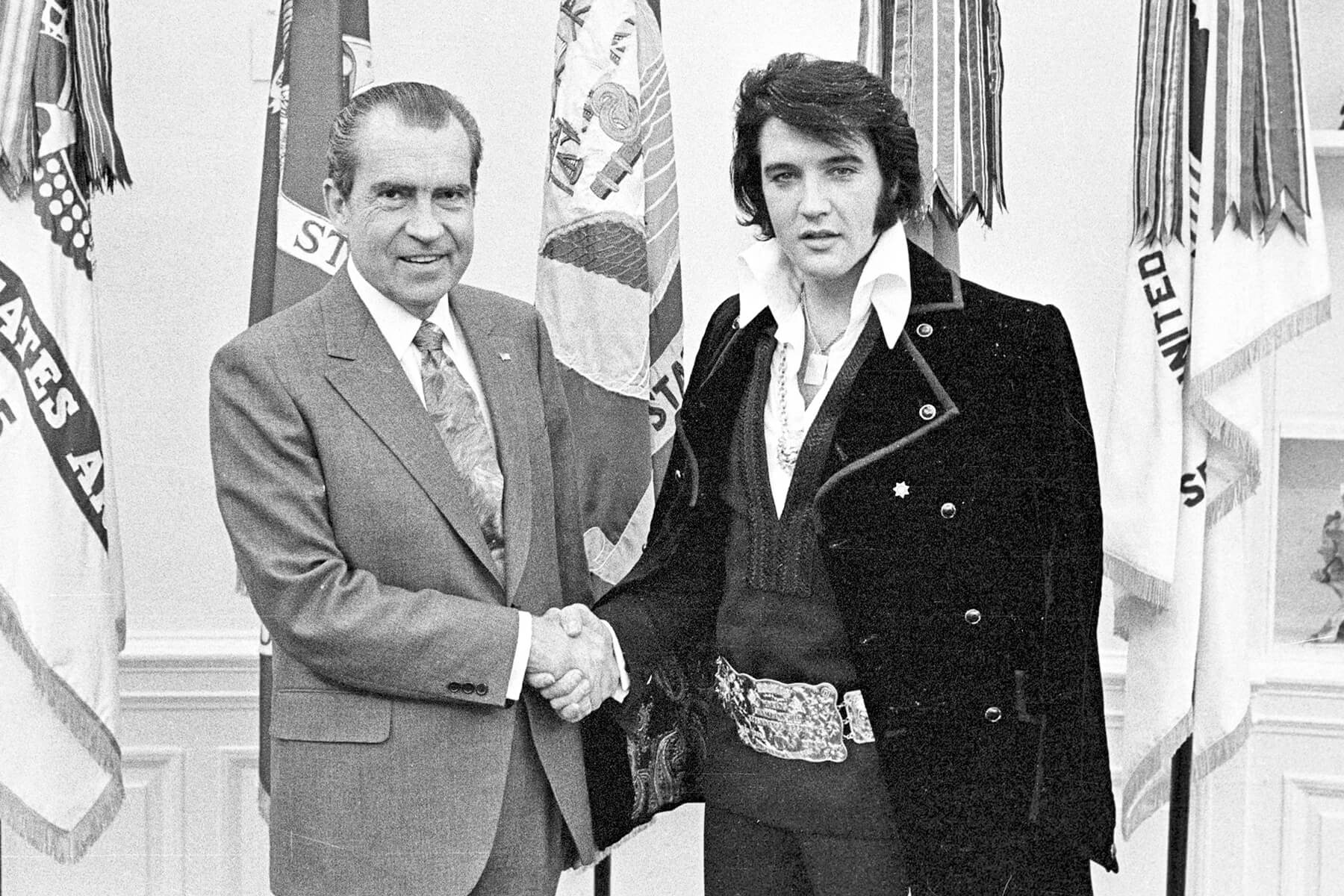
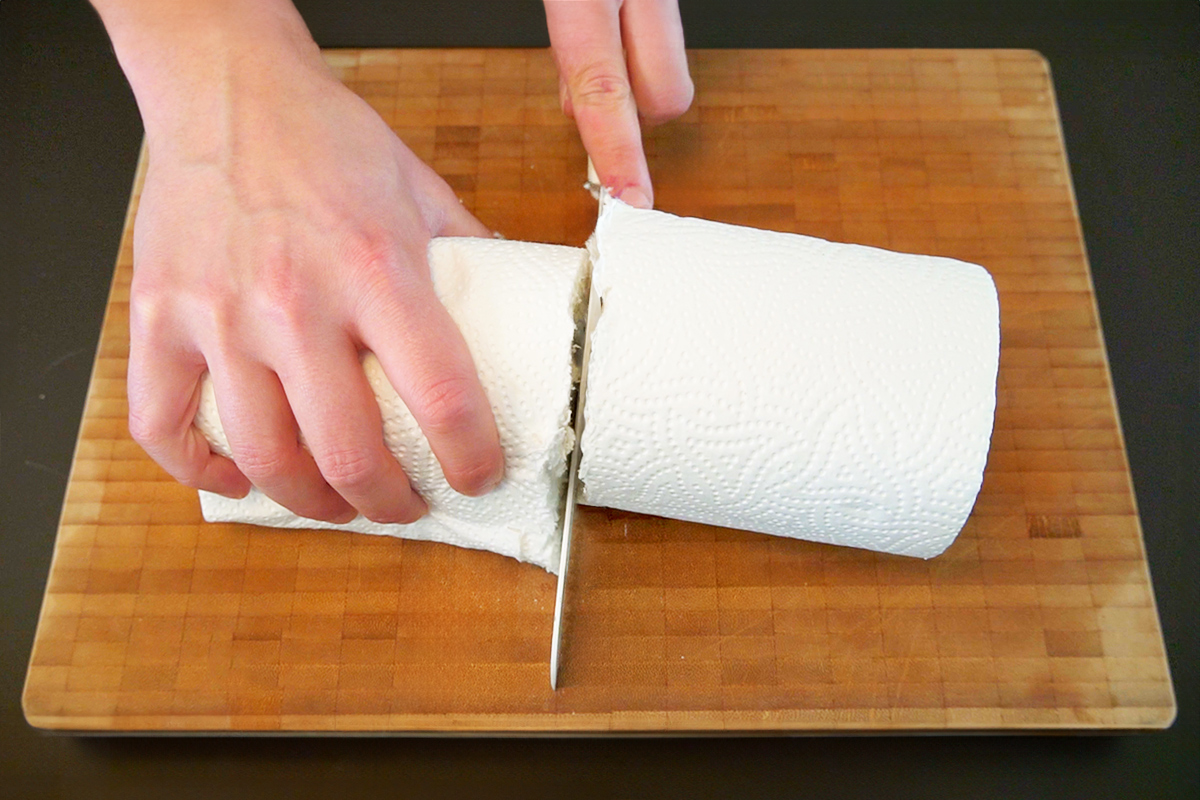
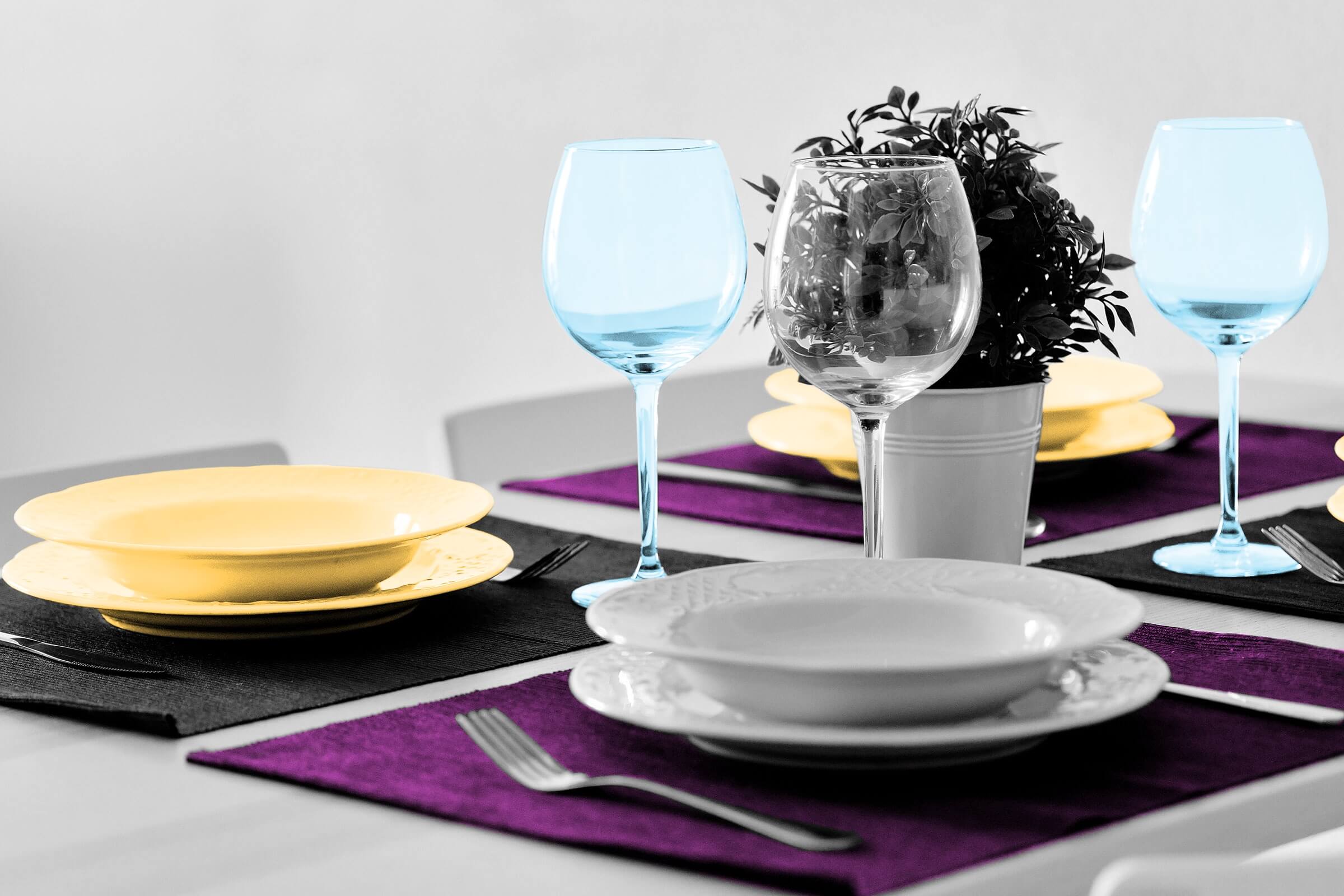
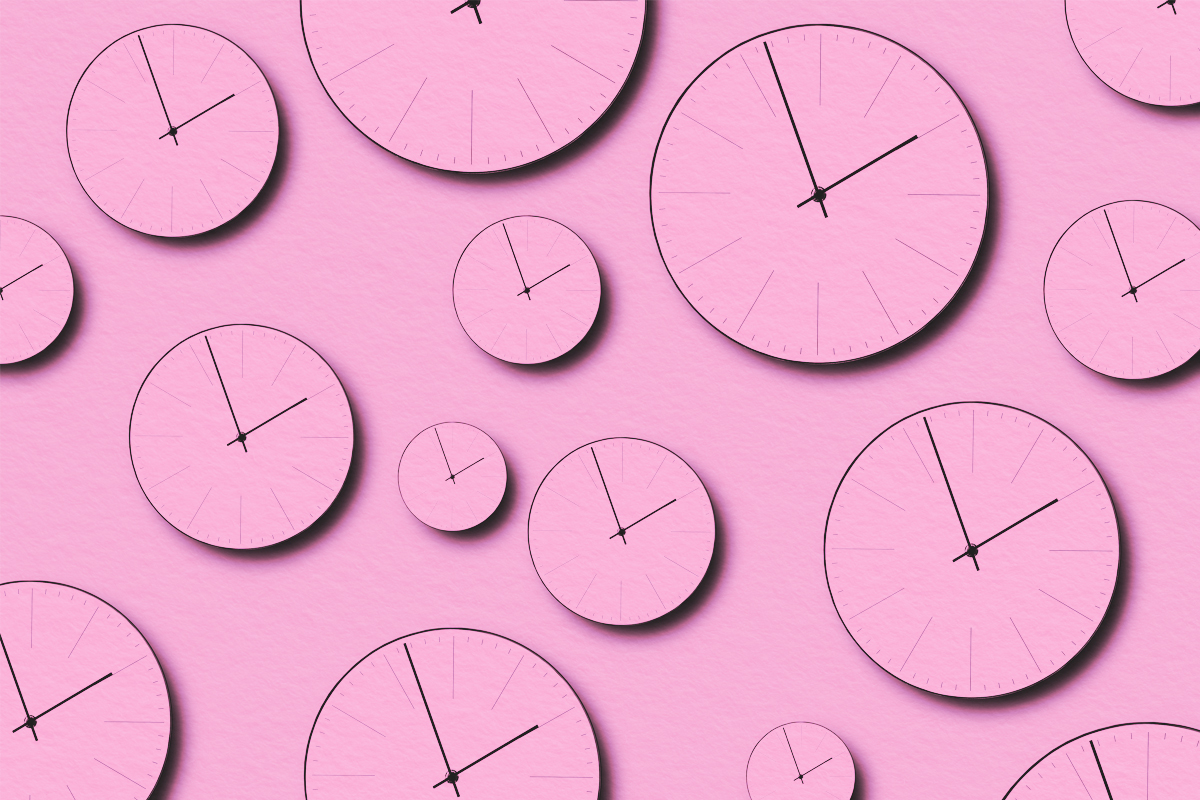
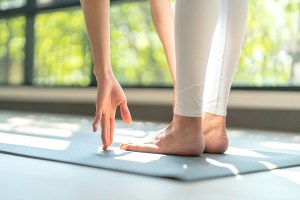





 Unique Beauty is free for all users.
Unique Beauty is free for all users.